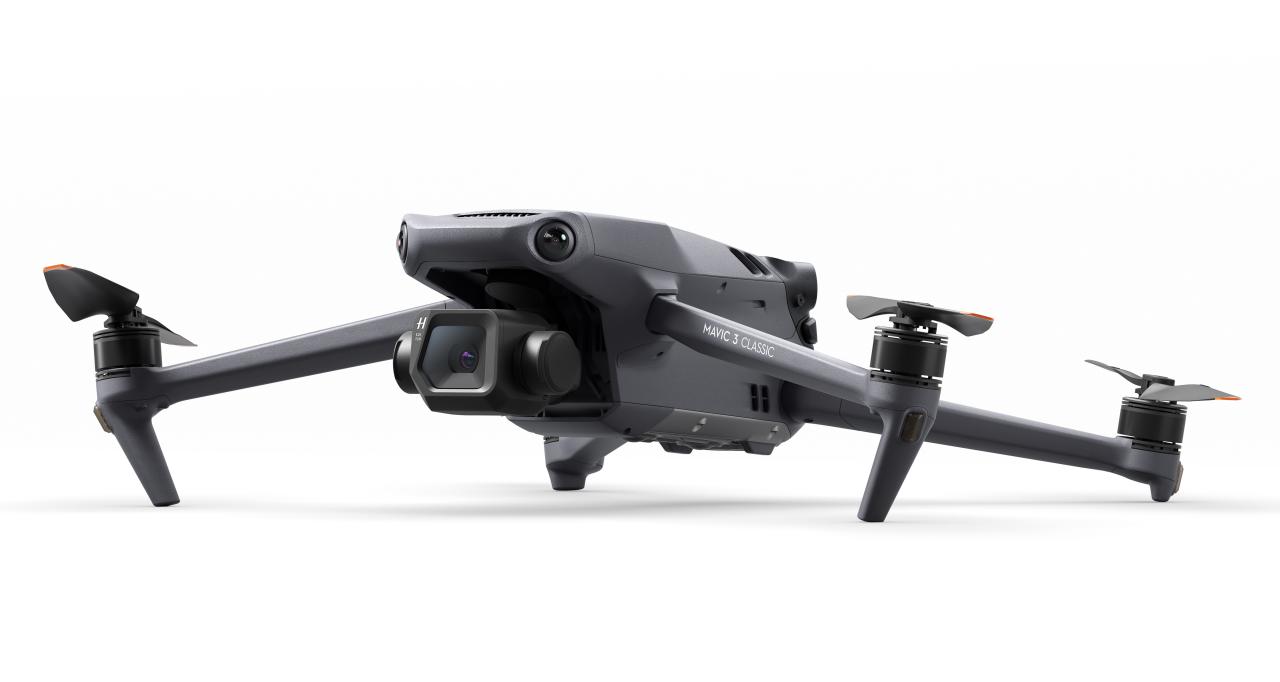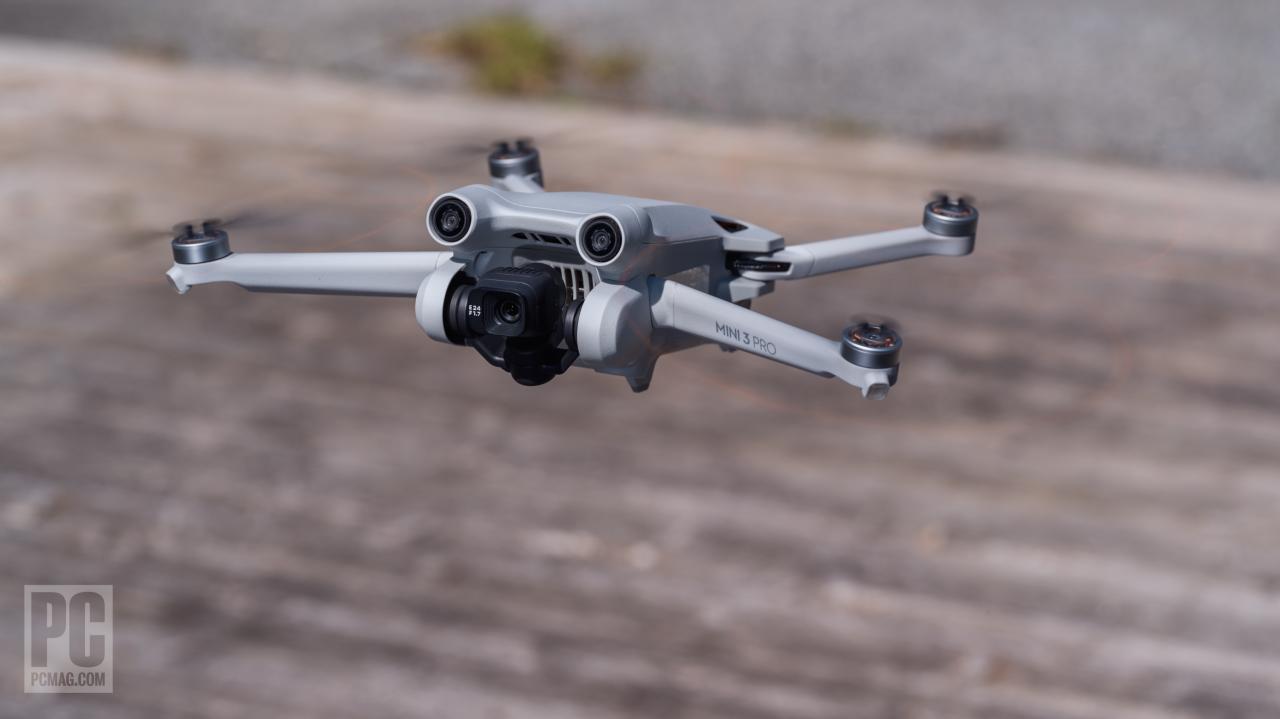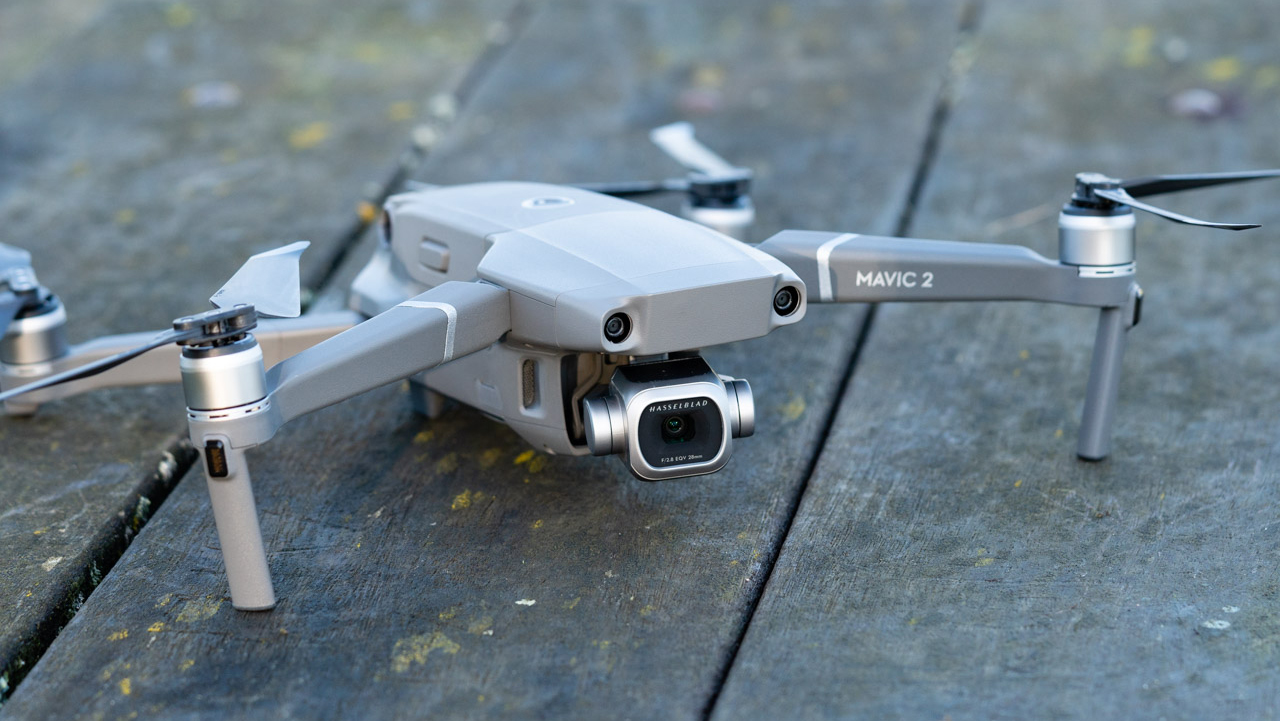Which DJI drone to buy? That’s the million-dollar question for aspiring aerial photographers and videographers. DJI offers a diverse range of drones, each with unique features and price points, making the choice a bit overwhelming. This guide cuts through the noise, helping you find the perfect DJI drone based on your budget, desired camera quality, flight needs, and intended use.
We’ll explore everything from budget-friendly options to high-end professional models, covering key specs, accessories, and even safety regulations.
We’ll break down the crucial factors to consider: budget, camera capabilities (resolution, sensor size, flight modes), flight performance (flight time, range, obstacle avoidance), ease of use and portability, and specific use cases (photography, videography, inspection, etc.). We’ll also cover essential accessories and legal considerations to ensure you’re well-prepared for a safe and enjoyable drone experience.
Choosing the right DJI drone depends on your needs and budget. If you’re planning on doing serious video editing, though, you’ll want a powerful computer; that’s where a good pc builder can really help you spec out a system capable of handling the high-resolution footage. Once you’ve got that sorted, you can focus on selecting the perfect DJI drone to capture those amazing shots.
Choosing the Right DJI Drone: A Buyer’s Guide: Which Dji Drone To Buy
Picking the perfect DJI drone can feel overwhelming with so many models available. This guide breaks down the key factors to consider, helping you choose the drone that best suits your needs and budget.
Picking the right DJI drone can be tricky! There are so many models, and figuring out which features you need takes time. If you’re trying to research using ChatGPT, and it’s giving you trouble – check out this helpful resource if chatgpt not working is impacting your research – then get back to comparing those awesome DJI drone specs!
Budget Considerations, Which dji drone to buy
DJI offers drones across a wide price spectrum, each tier offering a different set of features. Understanding these price ranges and their associated capabilities is crucial for making an informed decision. Generally, you’ll find budget-friendly options under $1000, mid-range drones between $1000 and $2000, and high-end models exceeding $2000. However, prices can fluctuate based on sales and specific features.
| Feature | Budget (<$1000) | Mid-Range ($1000-$2000) | High-End (>$2000) |
|---|---|---|---|
| Camera Resolution (Video) | 2.7K or 4K at lower frame rates | 4K at higher frame rates (60fps or more), potentially 5.1K or 6K | 8K video, advanced cinematic features |
| Sensor Size | Smaller sensor size (1/2.3″) | Larger sensor size (1″) | Larger sensor size (1″ or more), often with advanced image processing |
| Flight Time | 20-25 minutes | 25-35 minutes | 30-40 minutes or more |
| Obstacle Avoidance | Basic or limited | Advanced obstacle avoidance in multiple directions | Advanced obstacle avoidance with APAS (Advanced Pilot Assistance Systems) |
Beyond the initial purchase price, remember ongoing costs. Batteries are consumable items, needing replacement over time. Repairs, while hopefully infrequent, can be expensive. Consider budgeting for additional batteries, propellers, and potentially a carrying case.
Camera Capabilities
DJI drones boast impressive camera technology, offering varying levels of image and video quality. Resolution, sensor size, and dynamic range significantly impact the final output.
The higher the resolution (e.g., 4K, 8K), the more detail your footage will capture. Larger sensor sizes generally translate to better low-light performance and shallower depth of field, creating a more cinematic look. Dynamic range determines the amount of detail in both the highlights and shadows of an image. DJI drones often include various flight modes like Hyperlapse, ActiveTrack, and Point of Interest, enabling creative shots.
For example, the Mavic 3 Pro’s Hasselblad camera captures stunning detail and vibrant colors, while the Mini 3 Pro offers impressive 4K footage in a compact package. Proper settings like aperture, shutter speed, and ISO are crucial for achieving professional-quality results.
Flight Performance & Features
Flight time, speed, and range are key performance indicators. Features like obstacle avoidance and intelligent flight modes greatly enhance usability and safety.
| Feature | DJI Mini 3 Pro | DJI Air 2S | DJI Mavic 3 Pro |
|---|---|---|---|
| Maximum Flight Time | ~34 minutes | ~31 minutes | ~43 minutes |
| Maximum Speed | 19 m/s | 19 m/s | 21 m/s |
| Maximum Transmission Range | 12km (FCC) | 12km (FCC) | 15km (FCC) |
| Obstacle Avoidance | Forward, Backward, Downward | Forward, Backward, Left, Right, Upward, Downward | Advanced APAS 5.0 |
Ease of Use & Portability

The DJI Fly app provides a user-friendly interface for controlling the drone. Portability is also a key consideration, particularly for travel and on-the-go shooting.
- DJI Mini 3 Pro: Pros – Extremely portable and lightweight; Cons – Limited flight time compared to larger models.
- DJI Air 2S: Pros – Good balance of portability and features; Cons – Slightly larger and heavier than the Mini 3 Pro.
- DJI Mavic 3 Pro: Pros – Excellent camera and long flight time; Cons – Less portable than smaller models.
Specific Use Cases

Different DJI drones cater to various applications. Consider your specific needs when making your choice.
For aerial photography and videography, the Mavic 3 Pro with its Hasselblad camera excels. Real estate professionals might favor the Air 2S for its balance of portability and image quality. Inspection tasks often benefit from the enhanced obstacle avoidance of higher-end models.
Accessories and Add-ons
Investing in accessories can significantly enhance your drone experience. Extra batteries extend flight time, ND filters improve image quality in bright conditions, and carrying cases protect your investment.
- Essential: Extra batteries, spare propellers
- Optional: ND filters, carrying case, SD card reader
Drone Safety and Regulations

Always prioritize safety when operating a drone. Familiarize yourself with local regulations and best practices. This includes checking airspace restrictions, maintaining a safe distance from people and objects, and flying responsibly.
Before each flight, ensure you have a clear understanding of local laws and regulations regarding drone operation. Many regions require registration and adherence to specific airspace limitations. Responsible drone usage involves respecting privacy, avoiding sensitive areas, and being mindful of the environment.
Picking the right DJI drone depends on your needs – budget, features, and intended use. If you’re planning on doing serious video editing, though, you’ll need a powerful computer; check out this awesome pc builder to make sure you have the horsepower to handle the 4K footage. Once you’ve got that sorted, you can focus on choosing the best DJI drone for your project.
Conclusive Thoughts
Choosing the right DJI drone is a significant decision, but with careful consideration of your needs and budget, the process becomes manageable. Remember to factor in not only the initial cost but also ongoing expenses like batteries and potential repairs. By weighing the pros and cons of each model, and understanding your intended applications, you can confidently select a DJI drone that perfectly complements your skills and aspirations.
Happy flying!
Key Questions Answered
What’s the warranty on DJI drones?
DJI typically offers a one-year limited warranty on their drones. Check the specifics for each model.
How often do DJI drone batteries need replacing?
Battery lifespan varies with usage, but expect to replace them every 1-2 years for frequent users. Proper storage extends battery life.
Can I fly my DJI drone in the rain?
No, DJI drones are not waterproof. Avoid flying in rain, snow, or high humidity.
What’s the best way to learn how to fly a DJI drone?
Start with the DJI Fly app’s tutorials. Practice in a safe, open area away from obstacles and people. Consider a beginner’s course.
